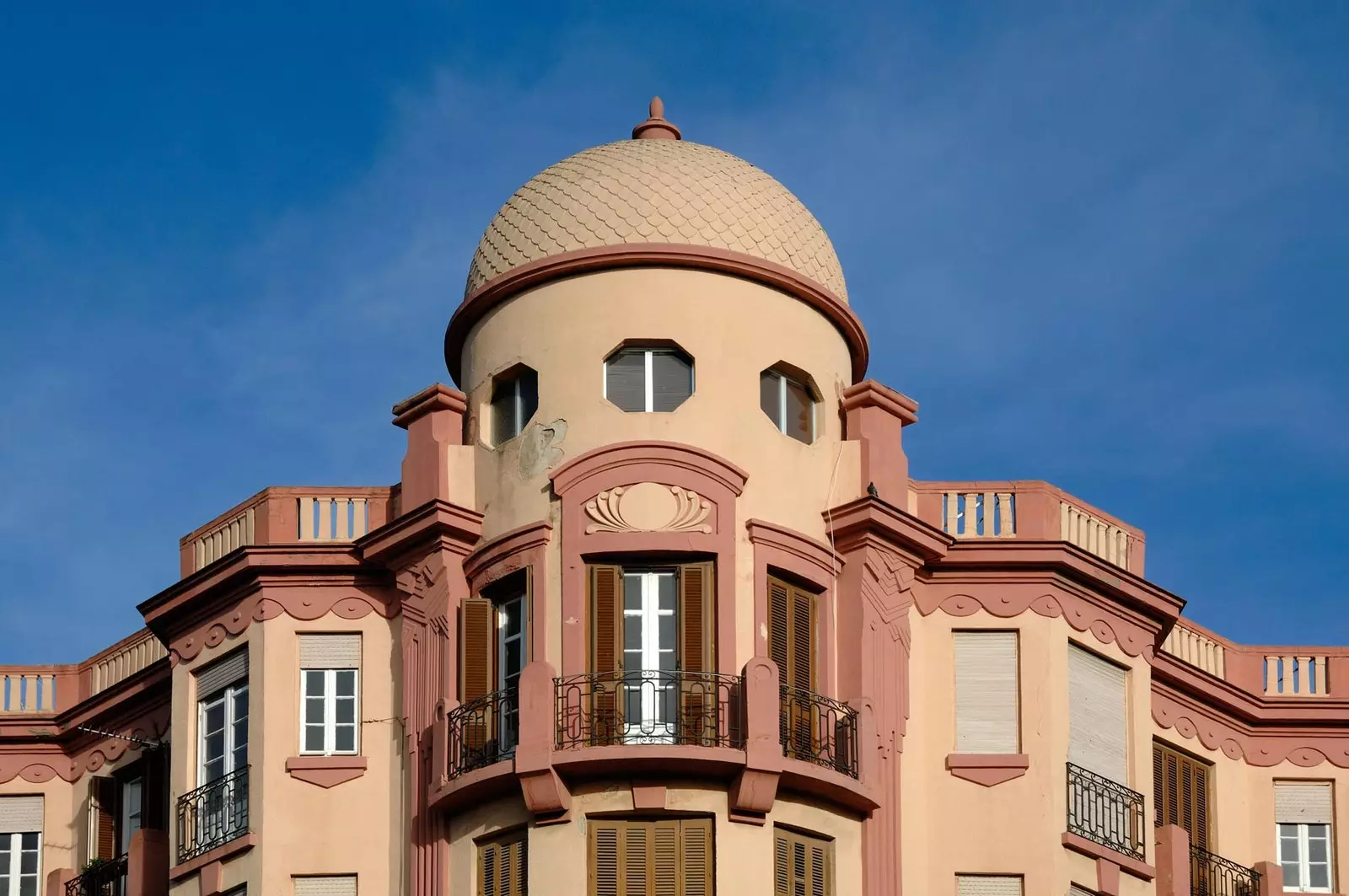
Enrique Nieto, the architect who conquered Melilla
The word modernism it seems to be uniquely and irremediably linked to Barcelona. And yet, there is a city more than a thousand kilometers from Barcelona that can boast of hundreds of listed buildings under this style.
This is **Melilla, the second Spanish city with the most representation of modernist art in its streets.**
Much of the credit goes to Henry Grandson , an architect from Barcelona who, after finishing his studies, worked for three years with Gaudí in projects such as Casa Milà but, seeking to grow far from the shadow of the master, he decided in 1909 to move to Melilla, a city that was in full growth.
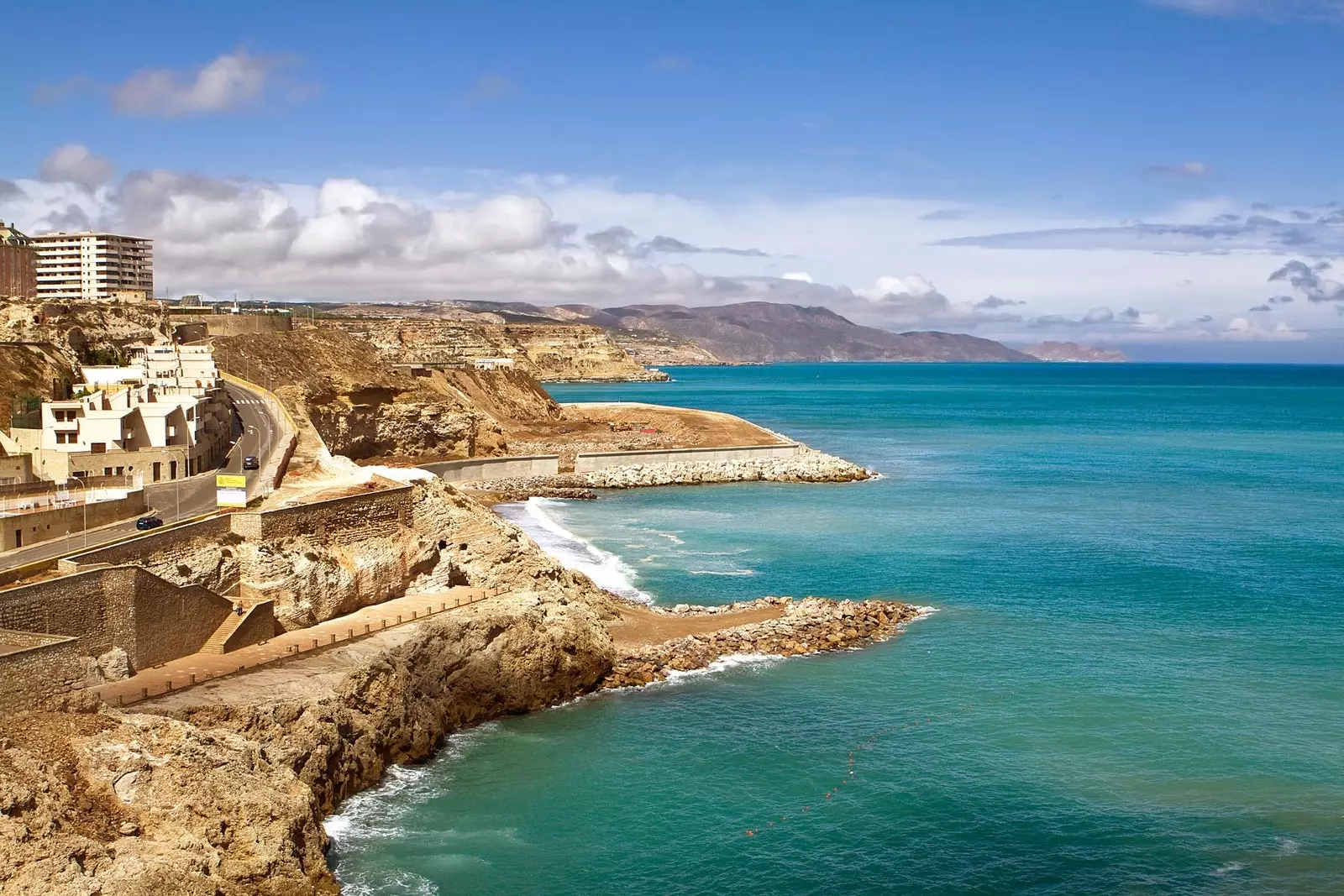
Melilla: the unexpected modernist city
With that decision, so apparently trivial, the architectural profile of the North African city would be changed forever.
Just before Nieto's arrival, Melilla had begun to grow and was immersed in an authentic urban maelstrom.
It was then that it was planned to expand the city through the Expansion, imitating the projects of other cities such as Barcelona or Madrid, with a rectangular development, full of large avenues and chamfered corners.
The defensive component that always influenced the design of the city was not lost; the streets led to the Spain Square , next to the seaport, which would favor a possible evacuation in case of invasion. ** Melilla began to enter the 20th century without forgetting its essence.**
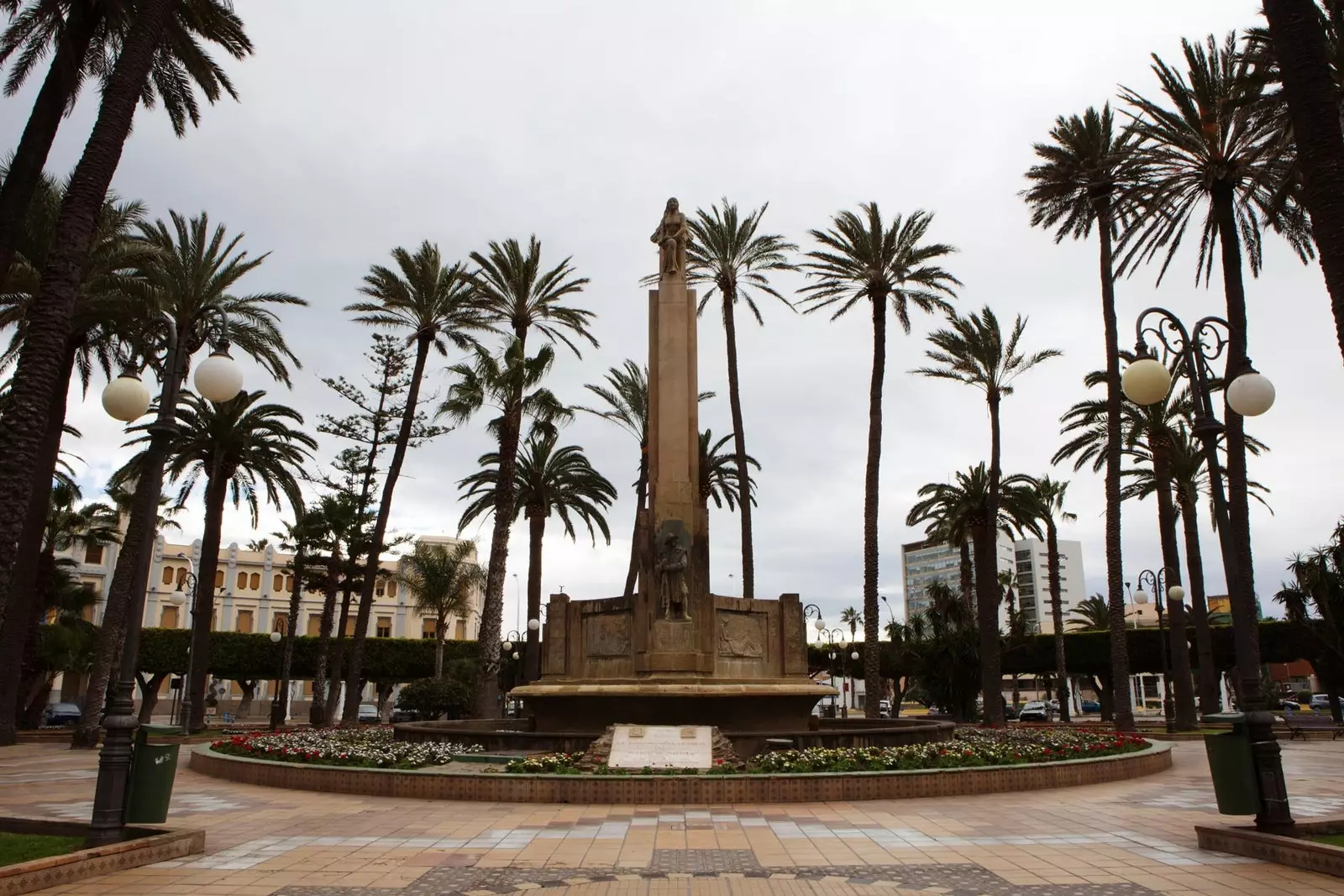
The Plaza of Spain in Melilla
And Nieto was willing for his host city to enter the new century in the most beautiful way possible, adopting the prevailing modernism.
Although his style is softer than the one seen in Barcelona, it serves to change the simplicity and geometric shapes of classicism for the curves, the longing for movement and the motifs of natural inspiration and with women's faces.
The facades are filled with ocher and brown colours, scaly domes loom over the roofs and the buildings are dotted with naturalistic moldings, silhouettes of animals and balconies with beautiful railings.
At first the genius appears in small details, such as the border of the House of Manuel Buxedas Aupi, better known as the Gurugú confectionery, in which the date of completion of the property is indicated, considered the first of Nieto.
There, a white rectangle composed of stems and petals on an ocher background frames the figures of the year 1911, whose base is intertwined forming perfect scrolls.
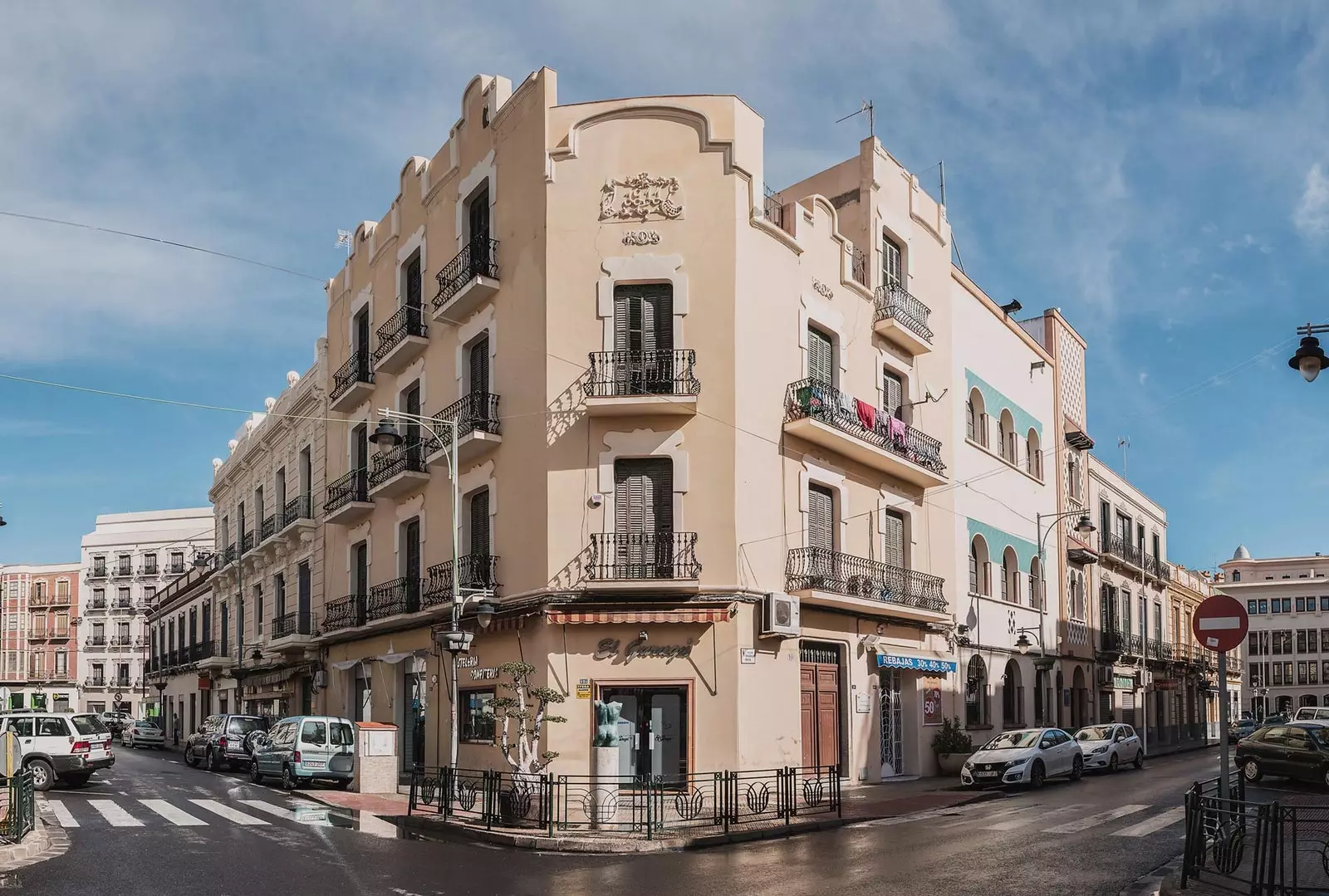
House of Manuel Buxedas Aupi, better known as the Gurugú confectionery
They are born like this jewels of modernism located a few meters from each other. is the call golden triangle , where some of the most recognizable buildings of this style in Melilla are concentrated.
Beginning in the Plaza de España, escorted by the Palace of the Assembly and, in front of her, the House Melul , at the birth of Juan Carlos I avenue.
In its parallel, the facade of the Chamber of Commerce it stands out with its collection of biphorous windows –with two openings– separated by a pillar and with the lintels crowned with moldings.
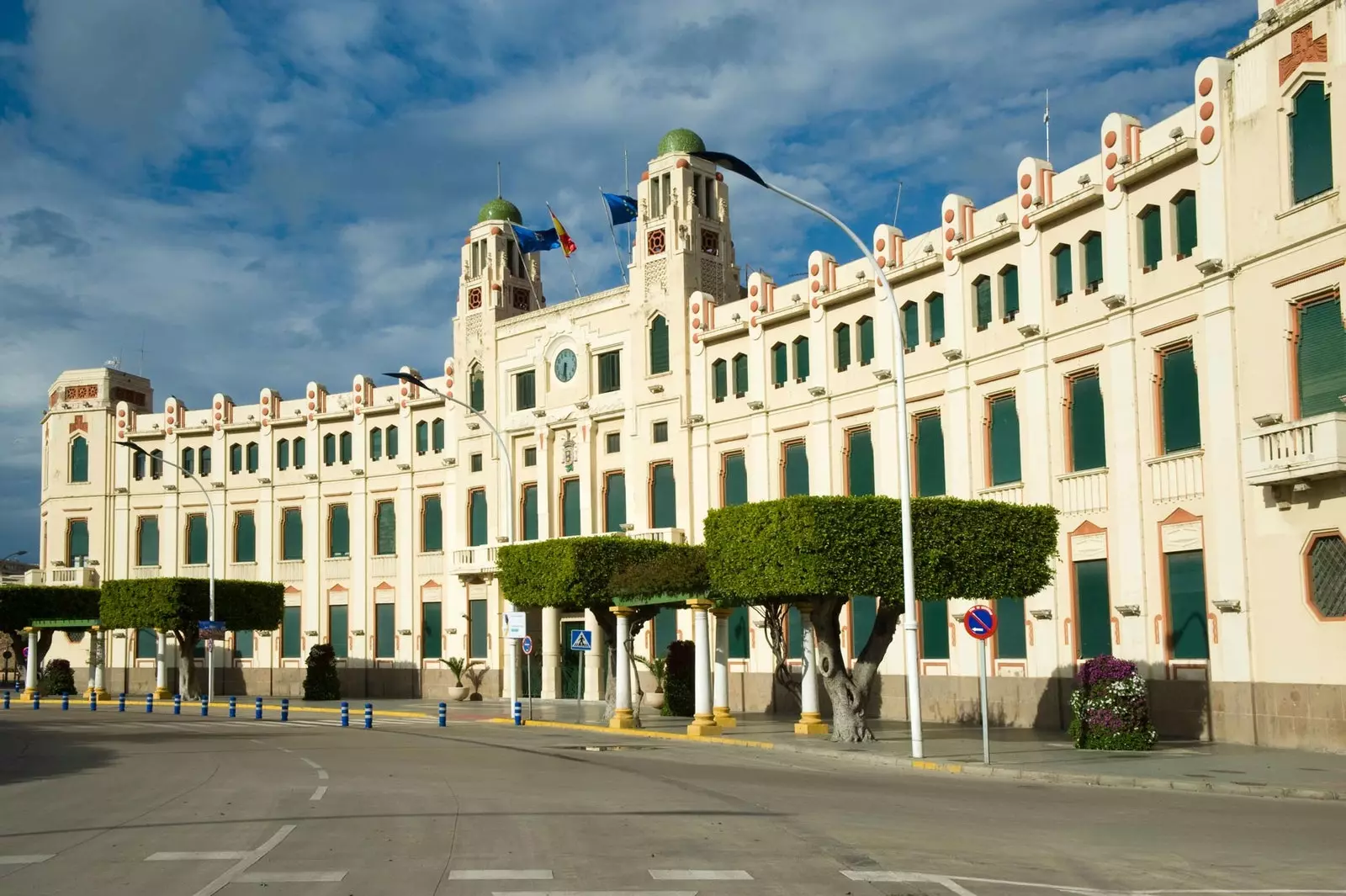
The Palace of the Assembly
A little later, the old headquarters of the newspaper El telegrama del Rif It stands out with its oval window divided this time by two columns with floral capitals, thus forming a kind of tripartite viewpoint that was tremendously innovative in its time.
If we continue a few more steps we will find the building The reconquest, one of the most emblematic of the city and with which Melilla modernism reaches its maximum expression.
In front of him, Menendez Pelayo square It is reformed in the early 90's with various pergolas and benches inspired by Gaudí's modernism.
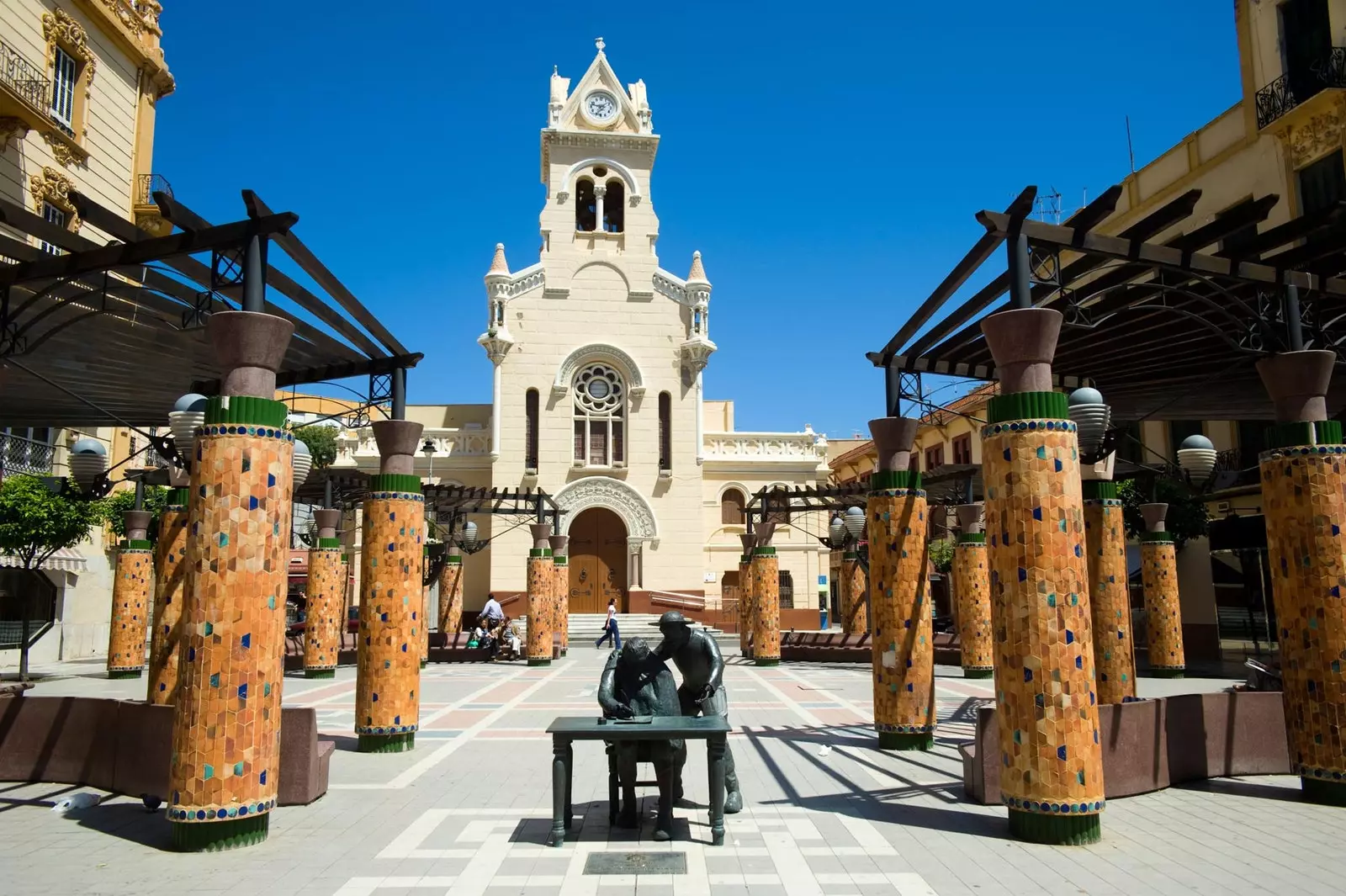
Plaza de Menéndez Pelayo with the modernist church of the Sacred Heart in the background
The route could continue until the Casa de los Cristales, the Casa Tortosa or the Aqueduct building but, before reaching them, we cross one of the peculiarities of this city; the Culture crucible that emanates in every corner of Melilla.
That is why it is not surprising that the modernist trace does not distinguish between religious confessions and can be read on the façade of the Yamín Benaroch synagogue, on the façade of the Sagrado Corazón de Jesús church or on the Central Mosque.
A peculiarity of a city in which singularities are almost the norm. Because of its mixture of cultures, religions, its location, its gastronomy or its architecture.
And is that, who would have imagined that the second Spanish city with more modernist buildings would be Melilla?
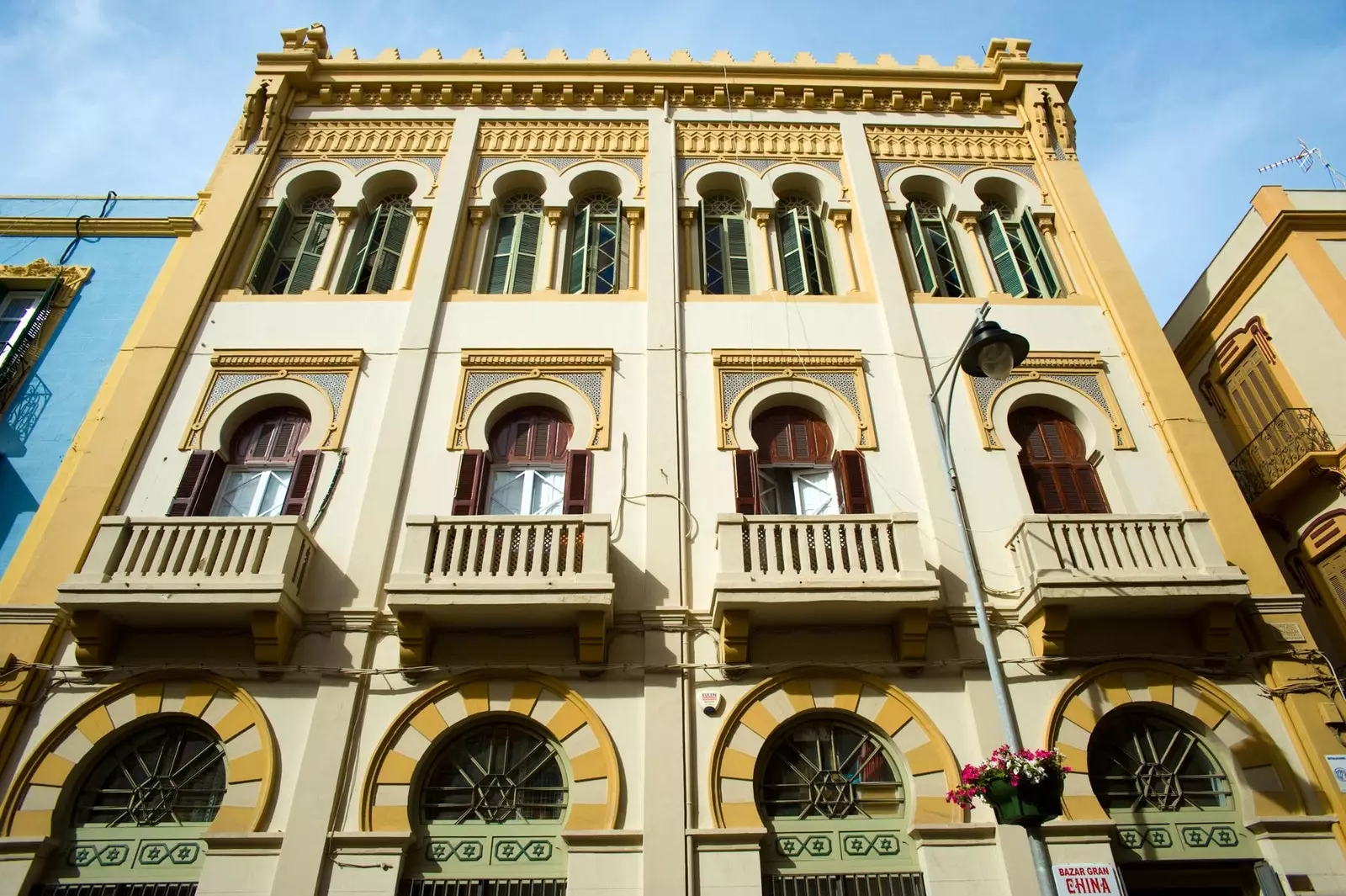
The Or Zoruah synagogue, work of Enrique Nieto
